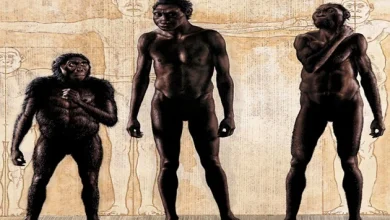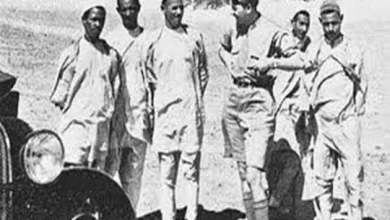Top 5 unbelievable tales of the exploration of Africa
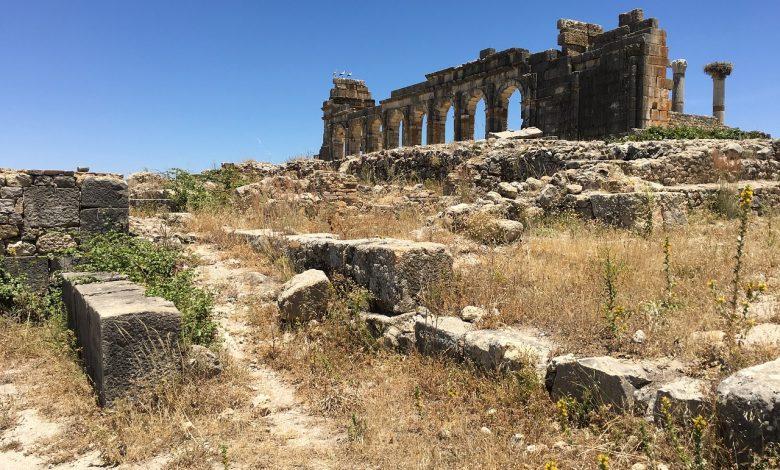
Africa has long been a mystical, enchanting, fascinating, and absolutely terrifying place. The northern parts were first explored, so the rest of the country was long cloaked in superstition, tale, myth, and legend.
It was no small undertaking to venture into this unknown land, and, as a result, some incredible stories arose. Below is the list of the incredible stories of the exploration of Africa.
The top 5 unbelievable tales of the exploration of Africa
1. Diamonds and a secret society

A single discovery by a 15-year-old South African boy who played with the rocks on his family farm in 1867 changed the face of his country forever. Erasmus Jacobs picked up a particularly shiny stone, and it caught the eye of a neighbor. That neighbor knew a traveling man who knew a bit of everything, who took the rock with him to Hopetown. Someone there passed it on to the colonial secretary, who sold it to the governor of the Cape. It was the Eureka diamond, a massive, yellowish diamond that turned 21.19 carats.
Rhodes went to South Africa and started to buy diamond mines cheaply after the miners thought that their claim on the diamonds had run out. Rhodes then consolidated all the mines he owned and those he did not hold into the Rhodes DeBeers Consolidated Mines. By the time he was finished, he had owned or controlled about 90 percent of the diamond mines in the world.
He did this not only for personal wealth, but to help realize his dream of absolute British rule. Years before that, he had written works describing his goals to unite the whole world under the watchful eye of his queen. While in South Africa, he took it upon himself to try and incite uprisings that would lead to the installation of an English government.
When he died, several wills were needed to divide his enormous fortune. Many of his writings address his fortune – gathered through South Africa’s doorstep diamond mines – to be spent on the development of a secret society. This society would consist of the wealthiest and most influential people in Britain, about whom he was often quoted as being able to do for England what Jesus did for Catholics. In this way, his true intentions were made clear: he wanted his money ultimately to go to promoting the British race, which he claimed was the greatest on earth (the Americans and Germans could also join in).
2. Robert Drury’s mysterious report on Madagascar
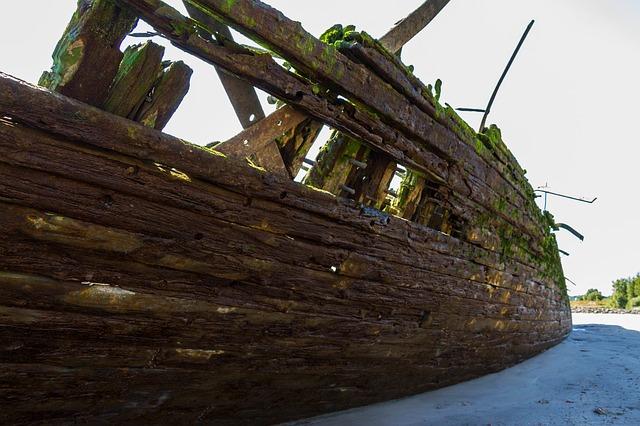
Madagascar is one of the most exotic places on earth, with natives and an ecosystem found nowhere else. It is mysterious even today, which means that it was downright scary in the early 1700s.
Robert Drury’s story of a shipwreck, kidnap, pray for freedom, and return to Africa is truly amazing. It didn’t end when he made his incredible escape from slavery and returned to Europe. In 1729, Drury published a book, Madagascar: or Robert Drury’s Journal, during 15 years of imprisonment on that island, in which he dramatically described the years he spent enslaving the local population. If it wasn’t bad enough, no one believed it was real. It was released just a few years after Robinson Crusoe, who undoubtedly added a “you won’t fool us two” factor to Drury’s story.
Drury died in 1735 (after spending his final years in coffee houses in London with emphasis on non-believers that his story was right). It wasn’t until nearly 275 years later that determined researchers discovered that he had been telling the truth all along. The British archaeologist Mike Parker Pearson decided to check the steps from the book to see if it was true. Pearson and his crew discovered that the descriptions in the book were very accurate, from the locations of mountains and rivers to the cities where Drury claimed to have lived.
There were also numerous strangely specific details that only someone who lived there would know, such as beekeeping techniques, ways of finding food, and cultural traditions (such as licking feet) that have since been phased out but left their mark in the indigenous lexicon. In addition, Pearson dug up villages and houses, researched graves, and discovered that many of the indigenous people still knew about destroyed, extinct villages with the ancient names Drury used.
Eventually, Pearson found the wreckage of Drury’s ship, leaving only one crucial question unanswered. Critics had long argued that Drury – a mostly unskilled sailor could not possibly write the book himself, and wondered who the mysterious author was. According to Pearson and other scholars, the likely author is primarily responsible for most of the controversy: Daniel Defoe, the author of Robinson Crusoe.
3. Timbuktu

Timbuktu had long been surrounded by a certain mysticism. On the outskirts of the Sahara, this Muslim capital had long been forbidden territory for non-Muslims. Because mankind hadn’t changed that much over the centuries, that made it the place the Europeans absolutely wanted to see.
The British Gordon Laing was the first person to enter the city in 1826, but he was killed before he could get far away again. After five weeks in the town, he was given permission to leave. Still, he was attacked, strangled and beheaded on his way out (his personal servant lived to tell the story).
Four years later, René Caillie, the son of a French baker, decided to give Timbuktu a chance. He chose to do this without the typical entourage of soldiers, guards, and servants with whom most explorers traveled. Instead, he read and studied the Koran, learned Arabic, wore traditional clothing, followed traditions, and cultural norms, and went undercover as an Arab born in Egypt.
We can’t help thinking that the arrival in Timbuktu must have been the biggest disappointment ever. Instead of an exotic city full of strange people, beautiful animals, exotic spices, and archetypal walls made of solid gold, he encountered a small, muddy, deserted world. If he had made it there a few centuries earlier, when the city was at its cultural height, his observations of the magical, mystical city would have been the same as his expectations (apart from the gold walls, of course). Instead, he came away thinking that everything there felt rather sad.
He lived with a man named Sheikh Al Bekay while he was in the city, always maintaining his disguise, even showing the house in which his predecessor lived. His hosts didn’t let him leave town, but in the end, he did, with more success than Laing.
As a place like Timbuktu had disillusioned him, he still earned at home the 10,000 Frank promised by the French government to the first person who visited the city and came back. Yet Caillie spent the rest of his life-fighting naysayers, who argued that he would never really reach the city. Maybe they just refused to believe that the legend’s golden beautiful town was just a gloomy place where people slept in doorways.
4. Mary Kingsley’s study of witchcraft and Twinslaughter

Mary Kingsley was born in 1862 in an English society that was very much about limiting women’s duties to nothing more than housekeeping. At the age of 30, Kingsley lost both her parents to a sudden illness. With no one to care for, Kingsley decided she wanted to see the world she had read so much about. So she went on a trip to West Africa.
Amid her walks up and down mountains, through swamps and rivers, Kingsley recorded vast amounts of details and data about the indigenous people.
While many of her observations sound cruel and critical today, there is one thing that stands out among the practices she was both surprised and shocked by: twin-killing. In some places, it was thought that a woman who had given birth to twins was marked as having intercourse with a demon or spirits, an offense that meant death to the mother and babies. In other areas, twins were considered magical and had to be kept alive and treated with care. If someone were to die, they would return for the souls of others.
Kingsley witnessed a terrible case of the first, where a slave woman had given birth to twins and was quickly expelled from her village. The natives put the poor children in a wooden box and threw them at the mother. Unfortunately, one child died during the trial. At the same time, the other came out of town and to safety, thanks to a well-meaning missionary who took pity on the mother.
When Kingsley returned to England to publish newspapers about those she had met and the things she had seen, she faced overwhelming resistance from the polite society. Many places did not even allow her to speak in public, so her work could only be presented if it was read by a man. Eventually, she returned to Africa as a nurse during the Second Boer War. She died of typhoid fever in 1900, but not before she brought a new level of enlightenment to European society.
5. Nathaniel Isaacs and unrighteous condemnation of Shaka Zulu
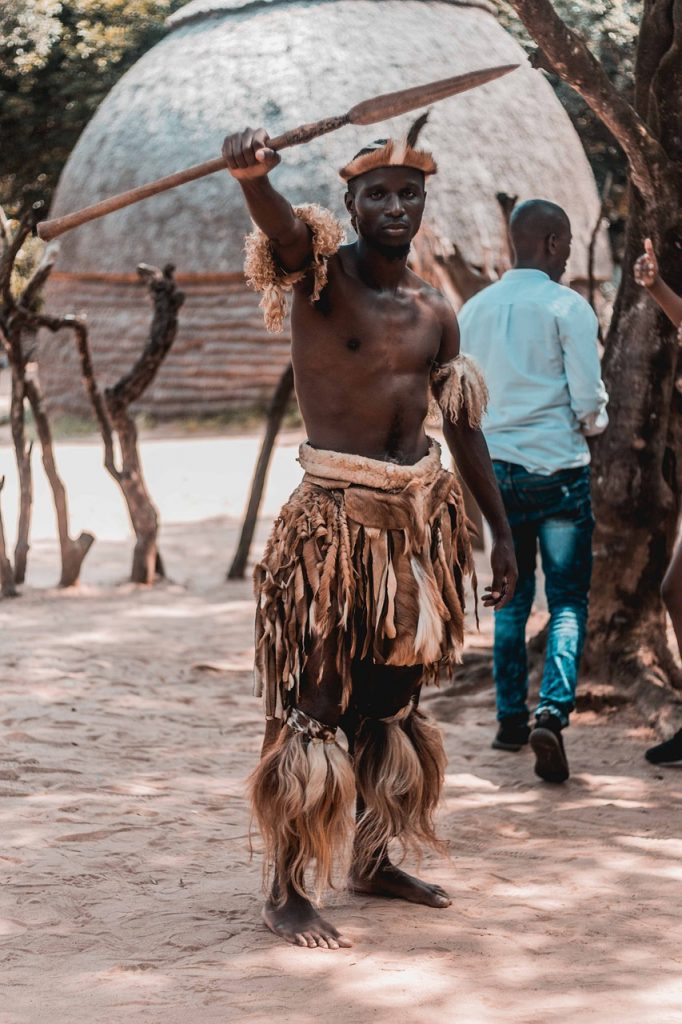
Nathaniel Isaacs was born in Canterbury, England, in 1808. He was destined to work in an office. He found the work oppressive and tedious, and eventually accepted a position on a ship called the Mary, led by a man he had befriended. When they found out that another friend had traveled to the unknown territory of East Africa, they decided to look for him.
The Mary was destroyed near Port Natal, and while it was rescued, it would take three years to make it seaworthy again. In those three years, Isaacs and a handful of crew members came inland, where they were received by the Zulu warrior chief Shaka. Not only was the chief friendly and hospitable to Isaacs and his companions but after the Europeans joined the Zulu during a raid and demonstrated the effectiveness of muskets, Shaka gave Isaacs a land claim.
Isaacs later published his writings on his experiences and observations of the Zulu camps, in journeys and adventures in East Africa, published in 1836. For a long time, it was one of the most complete works written about Shaka and his successor, and it was considered one of the most authoritative sources of life in East Africa.
Only it wasn’t all so true. Letters between Isaacs and one of his companions, Henry Francis Fynn (who also wrote a book about the Zulu), advised that embellishments would be added to make their books more popular and sell more copies. Although not all of the stories and legends of Shaka Zulu have been invalidated, researchers at Rhodes University suggest that many of the bloody stories about Shaka served a different purpose: to popularise the idea that European settlers and explorers had the right to divide barbaric Africa into colonies.
Stories were told about Shaka separating pregnant women, killing them indiscriminately, and inventing new, brutal battle tactics. Since then, it has been shown that these “new” tactics really were hunting strategies that had been used for generations, and it is unknown if Shaka ever had a regular army. Researchers know that he was largely responsible for Zulu re-emergence in South Africa. Still, otherwise, Shaka Zulu stubbornly remains in the shadow of mystery.

